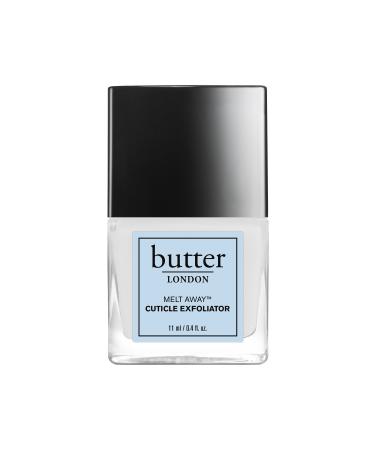[Jiejie] Laozhai is located as its name suggests. The entire village is located on the ridge of the main Daxue Mountain range in the Mengku tea area, so it has become a famous [jie] village, forming the characteristics of [one place and three boundaries]: in the west, climb up to the Daxue Mountain ridge. Entering Gengma County, you cross Nanpao in the north and enter Linxiang District. It is on the territory of Shuangjiang County. It can be said that there are three counties connected in one place, which is true to its name. The ancient tea forest in the area has an average altitude of 1,700 meters, an average annual temperature of 20 C, and an average annual precipitation of 1,800 mm. The further you go from the village, the more ancient tea trees there are. Most of them are more than 300 years old and grow in virgin forests full of dead wood and humus. In some ancient tea gardens, due to factors such as sunshine, humidity, soil environment, etc., the tea trees are not tall and strong. The soup is golden and translucent, clear and pleg to the eye. It smells rich and fragrant. There is a faint fungus fragrance at the bottom of the cup. It has a long-lasting sweetness and a slight coolness, like drinking nectar, leaving a fragrance on your lips and teeth.Caffeine content: Pu-erh tea has a lower caffeine content compared to other types of tea, making it a good option for those who are sensitive to caffeine. Aging: Pu-erh tea can be aged for several years to develop its flavor, and aged Pu-erh teas are highly sought after by tea collectors. Aroma and flavor: Pu-erh tea has a distinct, strong, and earthy flavor, and a pungent aroma that some describe as "musty" or "mushroomy.". Fermentation: Pu-erh tea undergoes a unique fermentation process that contributes to its rich, earthy flavor.





![Stewart Freeze Dried Dog Treats Made in USA [Single Ingredient Puppy and Dog Training Treats - Grain Free Natural Dog Treats] Resealable Tub to Preserve Freshness](https://www.gosupps.com/media/catalog/product/cache/25/small_image/375x450/9df78eab33525d08d6e5fb8d27136e95/6/1/61gwbbixarl._ac_sl1500_.jpg)







